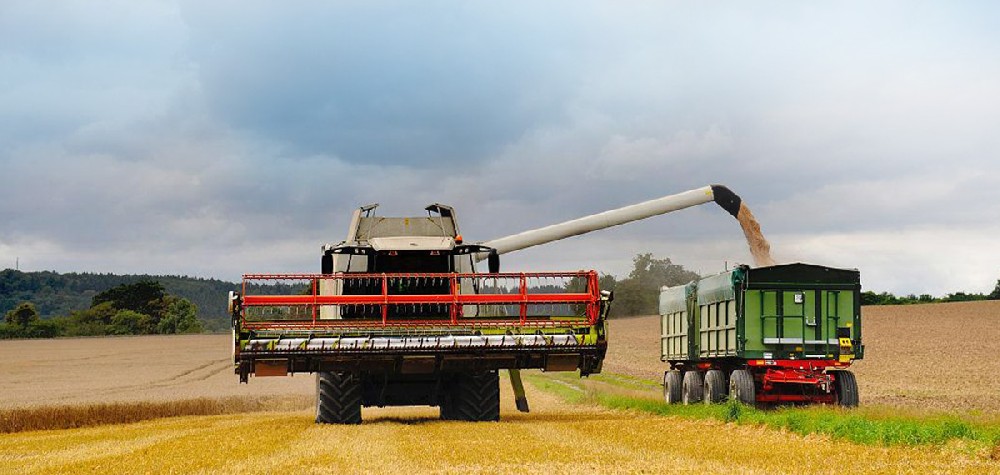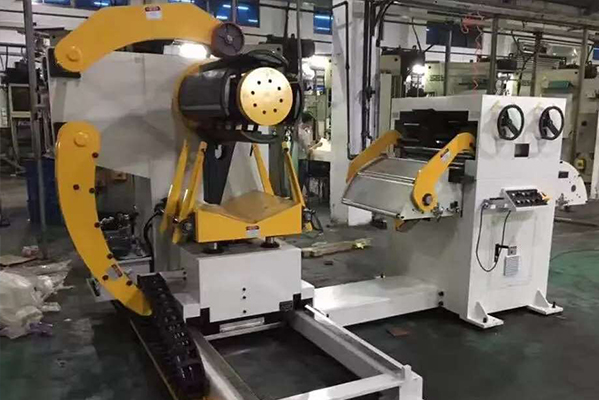Navigation Menu
Contact Us
- Email:
- info@wxavatar.com
- Address:
- Yurong Village, Yuqi Street, Huishan District, Wuxi, China.
Release Date:May 28, 2025 Visit:48 Source:Roll Forming Machine Factory
Introduction to Hydraulic Uncoilers in Modern Manufacturing
In today's competitive manufacturing landscape, efficiency and reliability are paramount considerations for production line optimization. Among the various components that contribute to smooth operations, the hydraulic uncoiler stands out as a critical piece of equipment for metal processing lines. This specialized machinery plays a vital role in handling coiled materials, offering distinct advantages that can significantly impact overall productivity.

Understanding Hydraulic Uncoiler Functionality
A hydraulic uncoiler serves as the initial stage in many metal processing operations, designed to efficiently unwind and feed coiled materials into production lines. Unlike mechanical alternatives, hydraulic systems provide smooth, controlled operation with adjustable tension capabilities. The equipment typically consists of a sturdy frame, expanding mandrel, and hydraulic power unit that work in concert to manage heavy coils with precision.
The operational principle involves hydraulically expanding the mandrel to securely grip the coil's inner diameter, then gradually releasing material as needed by downstream processes. This controlled feeding mechanism helps maintain consistent material flow while minimizing the risk of surface damage to sensitive metals.
Key Benefits of Hydraulic Uncoiler Integration
Production facilities incorporating hydraulic uncoilers often experience measurable improvements in several operational aspects. The equipment's ability to handle various coil weights and diameters provides flexibility for manufacturers working with diverse material specifications. Operators appreciate the reduced physical strain associated with loading and positioning heavy coils, as hydraulic systems bear the majority of the workload.
Precision control represents another significant advantage, with hydraulic systems offering fine-tuned adjustment capabilities for optimal material feeding. This level of control contributes to reduced waste and improved final product quality by minimizing material stress during the uncoiling process. The robust construction of quality hydraulic uncoilers also translates to extended service life with proper maintenance, offering long-term value for manufacturing investments.
Selecting the Right Hydraulic Uncoiler for Your Operation
Choosing appropriate hydraulic uncoiler equipment requires careful consideration of several factors to ensure optimal performance. Production volume, material specifications, and available floor space all influence the selection process. Manufacturers should evaluate:
Maximum coil weight and diameter requirements
Material thickness and tensile strength characteristics
Integration capabilities with existing production line equipment
Available power supply and hydraulic system specifications
Safety features and operator accessibility requirements
Consulting with experienced equipment providers can help identify the most suitable hydraulic uncoiler configuration for specific operational needs. Many manufacturers offer customizable solutions to address unique production challenges or space constraints.
Maintenance Considerations for Long-Term Performance
Proper maintenance practices significantly influence the reliability and longevity of hydraulic uncoiler systems. Regular inspection of hydraulic lines, fluid levels, and filtration systems helps prevent unexpected downtime. Operators should adhere to manufacturer-recommended service intervals for critical components such as seals, bearings, and hydraulic cylinders.
Training personnel in proper operation techniques and basic troubleshooting can further enhance equipment performance while reducing the likelihood of operator-induced issues. Many equipment providers offer comprehensive training programs alongside their hydraulic uncoiler products to ensure customers maximize their investment.
Technological Advancements in Hydraulic Uncoiler Design
Recent developments in hydraulic uncoiler technology continue to expand capabilities and improve user experience. Modern systems increasingly incorporate advanced control interfaces that simplify operation and provide valuable performance data. Some models feature automated coil loading assistance or integrated measuring systems for enhanced precision.
These innovations contribute to reduced setup times and improved consistency across production runs. Manufacturers investing in updated hydraulic uncoiler technology often realize productivity gains that justify the equipment upgrade costs.
Conclusion: Evaluating Hydraulic Uncoiler Potential for Your Facility
Assessing whether a hydraulic uncoiler could benefit your production line begins with analyzing current material handling processes and identifying potential bottlenecks. For operations experiencing frequent coil changeover delays, material feeding inconsistencies, or excessive manual handling challenges, hydraulic uncoiler integration may offer practical solutions.

By providing controlled, reliable material feeding at the front end of production lines, hydraulic uncoilers can contribute to smoother overall operations and improved output quality. Manufacturers considering this equipment should consult with reputable suppliers to discuss specific requirements and explore available options that align with their production goals and budget parameters.